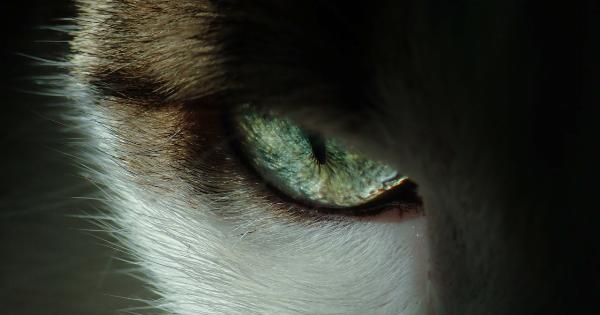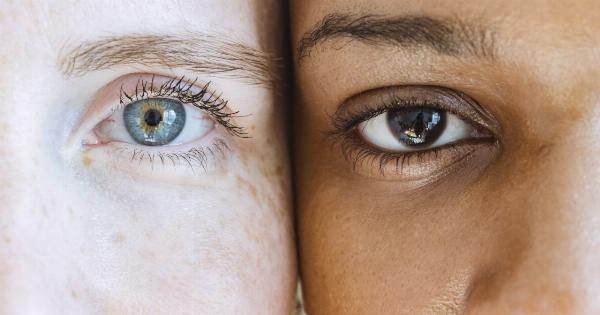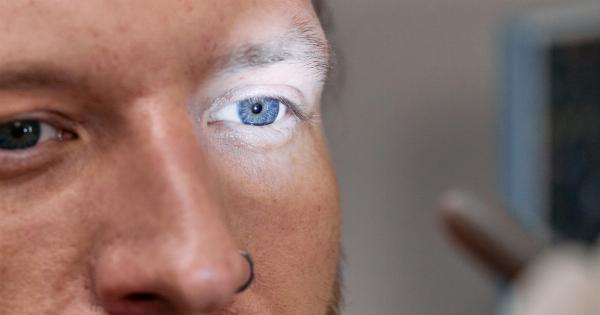When it comes to the fascinating world of human genetics, eye color is one of the most intricate and intriguing components. While many people tend to think of eye color as simply blue, green, or brown, the reality is far more complex.
Numerous factors come into play, including genetics, pigmentation, and even the eye’s structure. In this article, we will explore the seven main influences that determine eye color, shedding light on the intricacies of this captivating trait.
1. Genetic Inheritance
The primary and most influential factor in determining eye color is genetic inheritance. Genes are responsible for controlling the production and distribution of melanin, the pigment that gives color to our iris.
Eye color is primarily determined by the amount and type of melanin present in the iris.
It is widely accepted that there are six main eye colors: blue, green, brown, hazel, amber, and gray. These colors arise due to different combinations of genes that dictate the amount of melanin present in the iris.
2. Melanin Levels
As mentioned earlier, melanin is the pigment responsible for eye color. The production and distribution of melanin in the iris determine the darkness or lightness of the eye color.
Higher levels of melanin result in darker eye colors, such as brown or black, while lower levels lead to lighter eye colors, like blue or green.
While the exact mechanisms controlling melanin levels in the iris are not fully understood, it is believed to be influenced by various genetic factors.
3. Iris Structure
While the amount and type of melanin largely determine eye color, the structure of the iris can also play a role.
The iris contains a unique arrangement of collagen fibers, which scatter and reflect light differently depending on their density and organization. This phenomenon, known as Rayleigh scattering, can affect how we perceive eye color.
For example, individuals with a lot of collagen fibers in their iris may appear to have lighter-colored eyes due to the scattering of light. On the other hand, those with fewer collagen fibers may have darker eyes.
4. Ethnicity and Geographical Location
Eye color distribution varies widely among different ethnicities and geographical regions.
For instance, blue and green eyes are most commonly found in individuals of European descent, while brown eyes are more prevalent in people of African, Asian, and Native American descent.
These differences can be attributed to the historical migration and mixing of populations, as well as the evolutionary adaptations to different environments.
5. Age
Eye color can change over time, particularly during early childhood. Babies are often born with light-colored eyes that may progressively darken within their first year of life. This change occurs as the amount of melanin in the iris increases.
However, eye color changes beyond early childhood are relatively rare.
It is worth noting that certain medical conditions or external factors, such as medications or injuries, can also cause changes in eye color in adulthood. However, these cases are exceptions rather than the norm.
6. Light and Environment
External factors, such as lighting and the surrounding environment, can influence how eye color appears. Bright lighting conditions may cause the pupils to constrict, making the iris appear darker.
Conversely, dim lighting can dilate the pupils, making the iris appear lighter.
Additionally, the colors and patterns of clothing and makeup can create optical illusions, making eye color appear more vibrant or muted.
7. Visual Illusions and Perception
The human brain plays a significant role in how we perceive and interpret eye color. Optical illusions, such as the contrast between the iris and the sclera (the white part of the eye), can make eye color appear more intense or mellow.
Besides, our emotional state, mood, and even the colors of our surroundings can influence the perception of eye color.
For example, a person’s eyes might appear brighter when they are happy or when they wear certain colors that complement their eye color.
In conclusion, the world of eye color is a multifaceted and captivating subject.
While genetics and melanin levels are the primary influencing factors, other variables, such as iris structure, environment, and visual perception, also contribute to the intricate tapestry of eye colors we observe. Understanding these influences enhances our appreciation for the beauty and diversity found in each individual’s eyes.

























